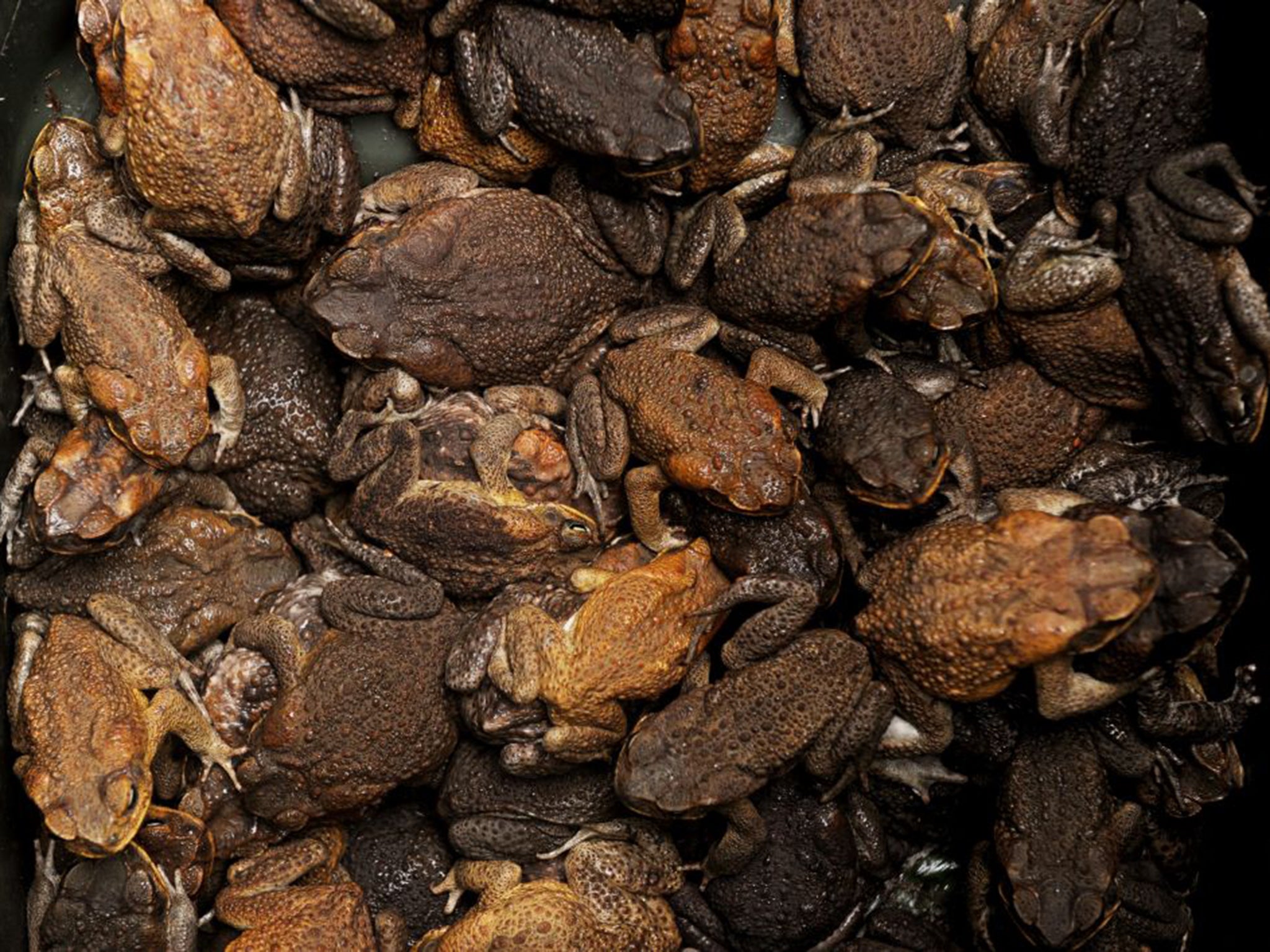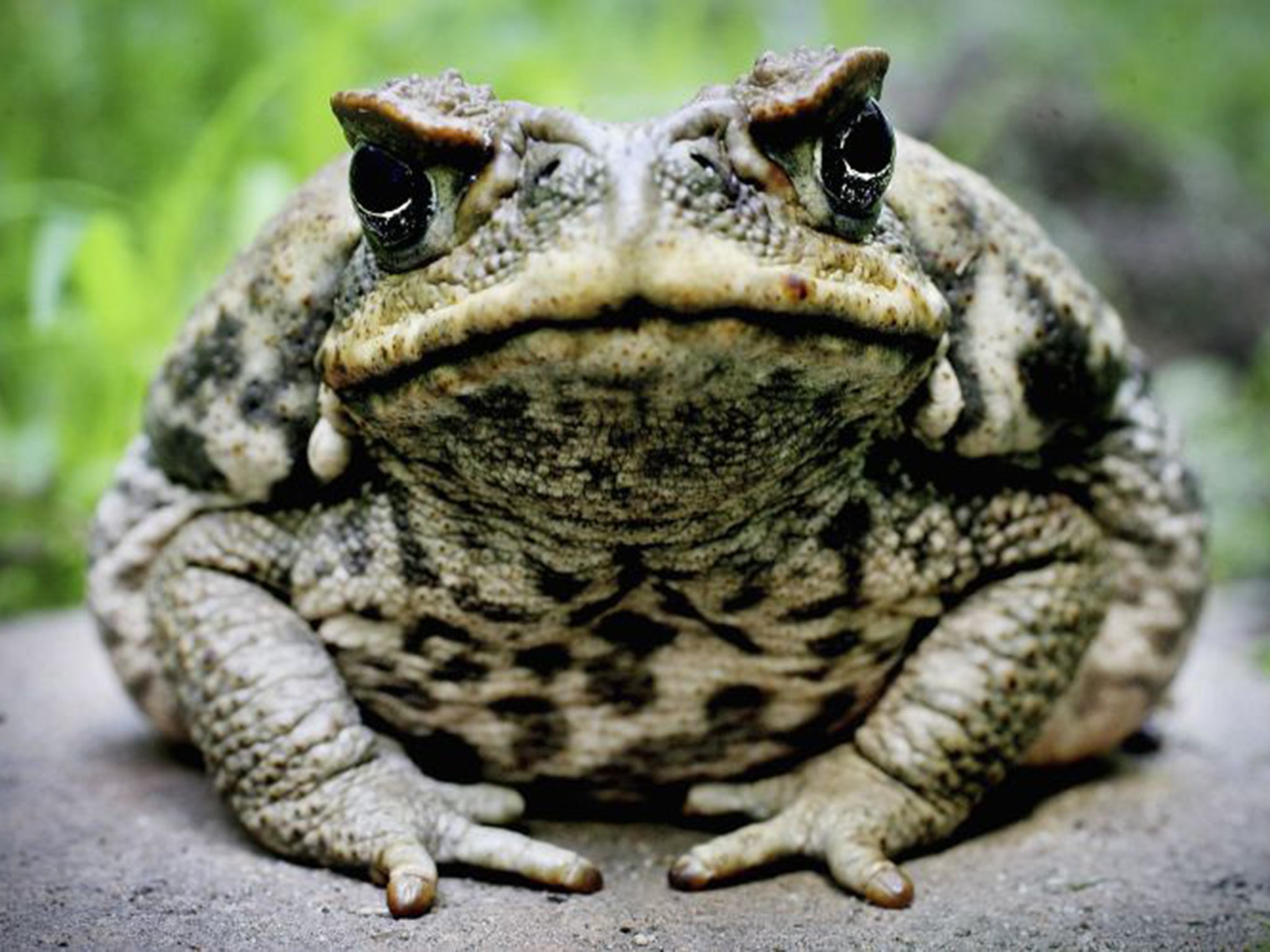At long last, Australia is able to halt the relentless advance of the cane toad
The toad’s seemingly relentless advance across the Australian landscape has challenged and defeated two generations

When farming experts sought a solution 80 years ago to the damage that beetles were doing to Australia’s sugar cane crops, and to profits, they fixed upon a voracious amphibian as the answer. It was a decision they have regretted ever since.
Introducing the cane toad Down Under in 1935 was an ecological disaster. Placed in where food was plentiful and predators had no idea how to avoid its highly toxic skin, the toad thrived while native wildlife paid the price. Quolls (carnivorous marsupials), goannas (monitor lizards), and the fearsome freshwater crocodile could die from eating the toxic toad which can also shoot its venom and blind a predator.
The toad’s seemingly relentless advance across more than a million square kilometres of the Australian landscape has challenged and defeated two generations of scientists, farmers and conservationists. But now they believe they may finally have found its Achilles heel.
Having discovered that in dry weather cane toads need to find a source of water at least once every three days, scientists decided to build small fences around the man-made ponds and troughs for watering livestock. At 60cm, the fences were too high for the toads to jump over or climb, and a cloth covering was dug into the ground to prevent them burrowing underneath.

And researchers found this simple technique worked.
“We smashed ’em!” declared a triumphant Dr Mike Letnic, of the University of New South Wales, after witnessing the bodies of hundreds of cane toads piled in front of the fences. “They died en masse ... our control technique massively reduced toad numbers.” Dr Letnic found that some of the dams that the team targeted had supported up to 700 toads.
“Until now, no one had demonstrated an effective control technique,” he said. “You can imagine we were chuffed when one year later, there were still hardly any toads.”
The success, reported in the Journal of Applied Ecology, is a welcome break for Australia’s native predators such as the cat-sized quoll, which had been eradicated in some regions such as the Kakadu National Park in Northern Territory.
Join our commenting forum
Join thought-provoking conversations, follow other Independent readers and see their replies
Comments
Bookmark popover
Removed from bookmarks